
Finding New Spaces Together
‘Vádye Eshgh (The Valley of Love)’ is a collaboration between Second Generation Collective and Abdul-Rahman Abdullah weaving through themes of beauty, diversity and the rebuilding of identity.
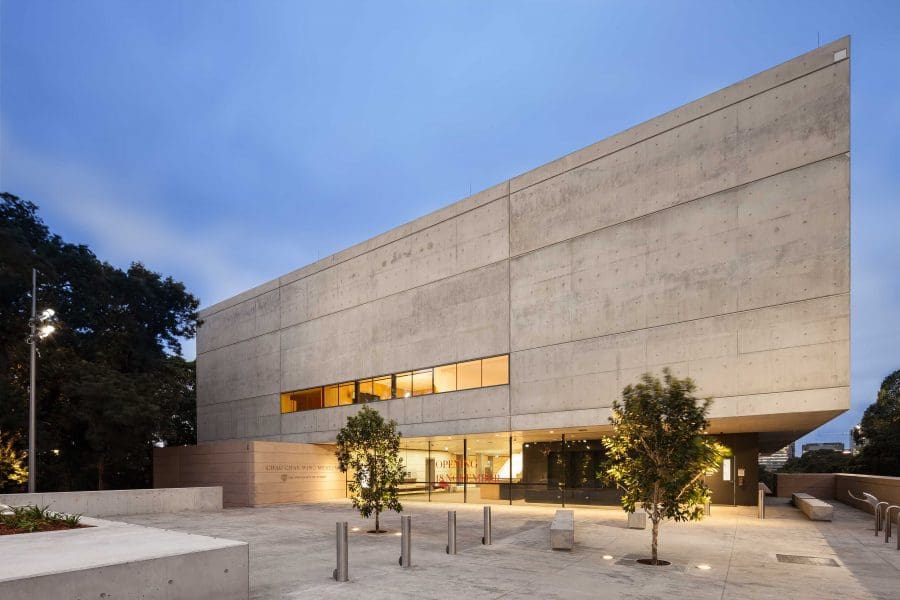
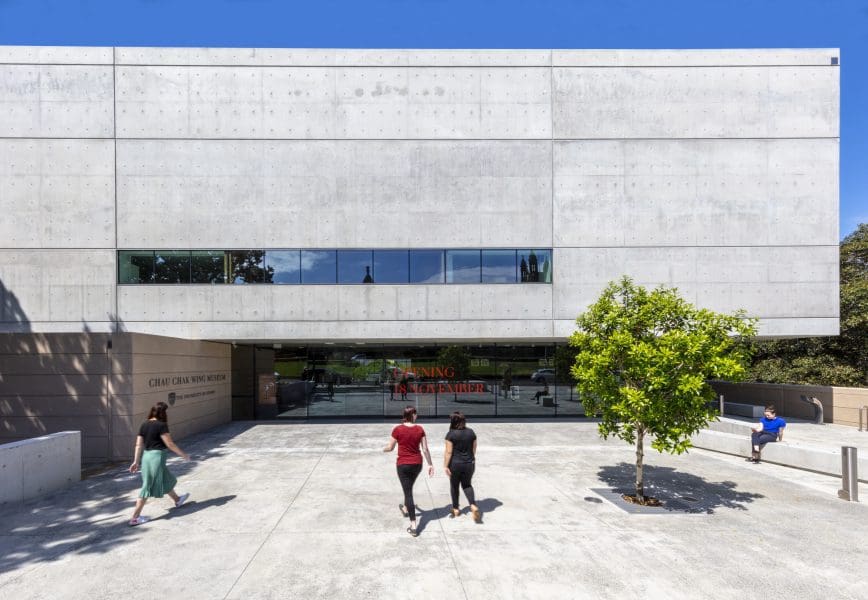
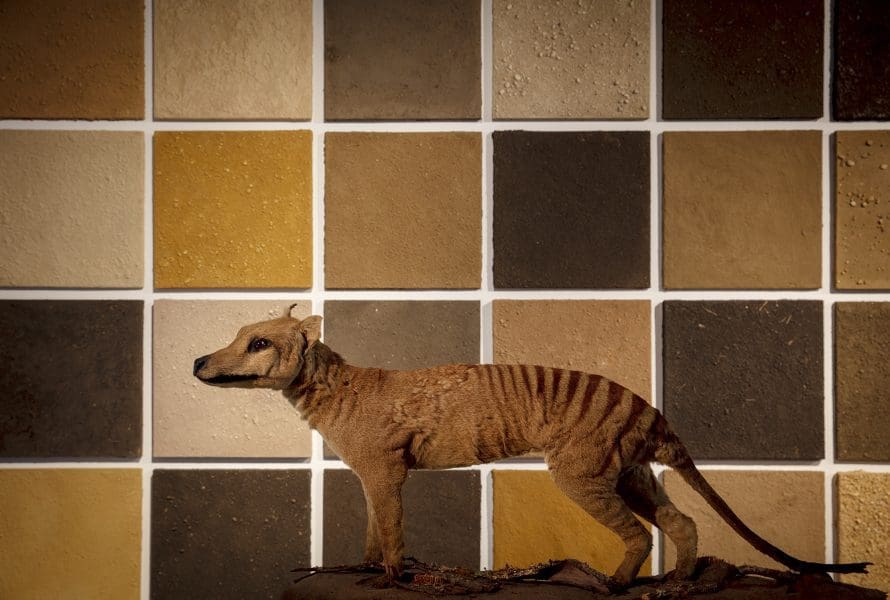
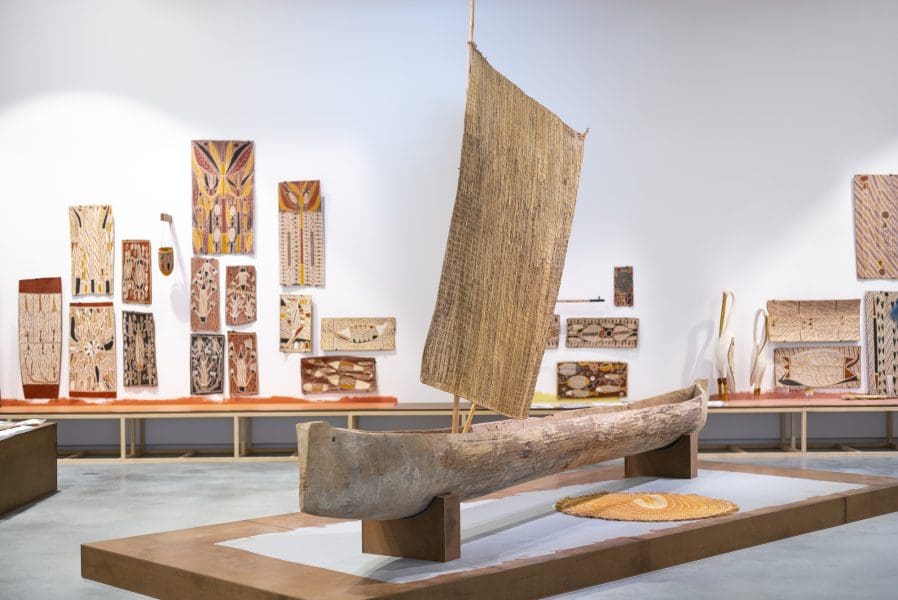
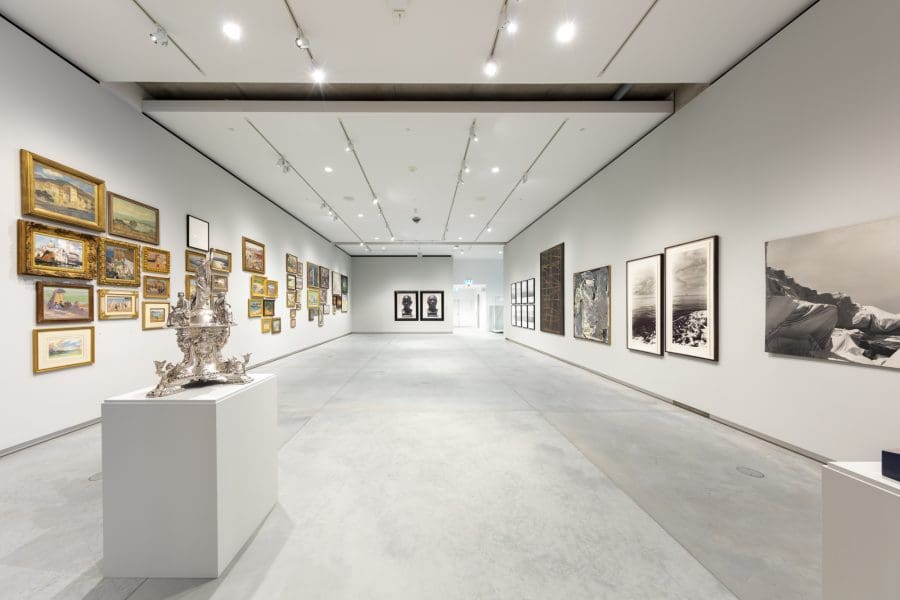
Three of the University of Sydney’s significant cultural collections – the Macleay (natural history), the Nicholson (antiquities from Egypt, Greece, Italy, Cyprus and the Middle East), and the University Art Collection (modern and contemporary art) – all have a new home within the Chau Chak Wing Museum.
Ambassadors is one of 18 exhibitions now open in the new purpose-built 8,000 square metre space. In its approach and method it takes a stand against traditional methods of museological display of Indigenous objects. In this exhibition, Aboriginal and Torres Strait Islander objects (from the historic Macleay Museum) will “deconstruct the misguided depictions of the Aboriginal past that museums have been instrumental in creating.”
Curator Matt Poll explains that “for many Aboriginal and Torres Strait Islander community members, so much of their personal history has been obscured by non-Indigenous people dominating the historical literature about the Aboriginal past. Ambassadors is an important opportunity to flip the narrative from that of historical disadvantage, into a demonstration of cultural authority.”
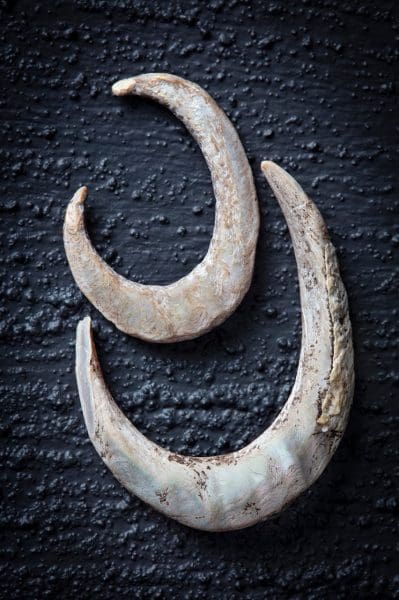
In order to develop these narratives, the new museum has engaged with key Indigenous communities throughout Australia to activate the objects, some of which have been in the Macleay Museum (one of the oldest Australian natural history museum collections) since it first opened in 1891. The innovative aspect of what is on display here is an interest in starting with the object first, and not its history.
As Poll says, “In the past, academic or scientific validation was favoured over Aboriginal oral histories. We have engaged with communities to authenticate and reinvent these objects. As a university, we needed to recognise these knowledge frameworks with balance and respect.”
The innovative display methods go even further however, with the exhibition distributed throughout the spaces and in dialogue with the other 17 exhibitions open in the new museum. “That is where the really exciting conversations can happen,” Poll points out. “Indigenous culture is placed to infiltrate and intervene in the exhibition spaces, from the Gadigal ceremonial space that welcomes visitors at the entry, throughout the entire Museum.”

Poll says the Chau Chak Wing Museum’s ability to draw on a diverse range of collections from art, archaeology or natural history is an important opportunity to recontextualise all the collections in incredibly different ways.
“The Ambassadors exhibition is both the starting point of a new conversation and community dialogue as well as an end point to non-Indigenous theories of what Aboriginal culture is thought to be.”
While it is a permanent exhibition, as Poll sees it, Ambassadors is far from complete. “Different configurations of the show will evolve. In another two or five years we plan to bring in more,” he explains. “We are creating a space for First Nations communities to write their own histories and tell their own stories on their own terms.”
“That’s what I hope will be the most exciting part of the show, for people to actually engage with the contemporary voice of all these diverse communities around the country, because there never was this homogenous Aboriginal Australia”.
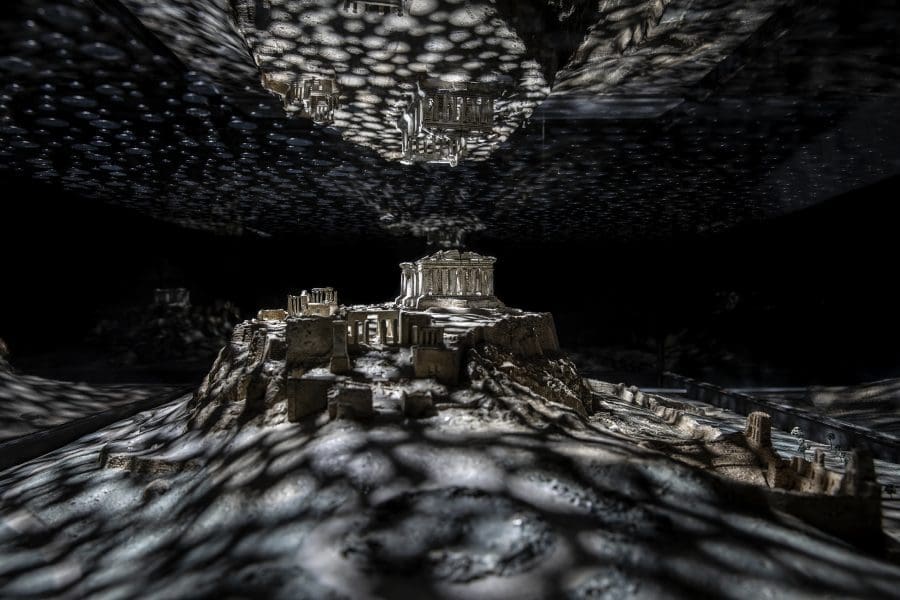
Among other exhibitions opening at the new Chau Chak Wing Museum are Daniel Boyd: contemporary art projects #1, a major survey of art by the Yolŋu peoples of eastern Arnhem Land titled Gululu dhuwala djalkiri, and Coastline, from the University Art Collection, which traces depictions of the intersection of land and sea over centuries.
The Chau Chak Wing Museum is now open and features both permanent and temporary exhibitions. Ambassadors is a permanent exhibition. Check the museum website for closing dates for other shows. Entry is free, seven days a week, but bookings are required.